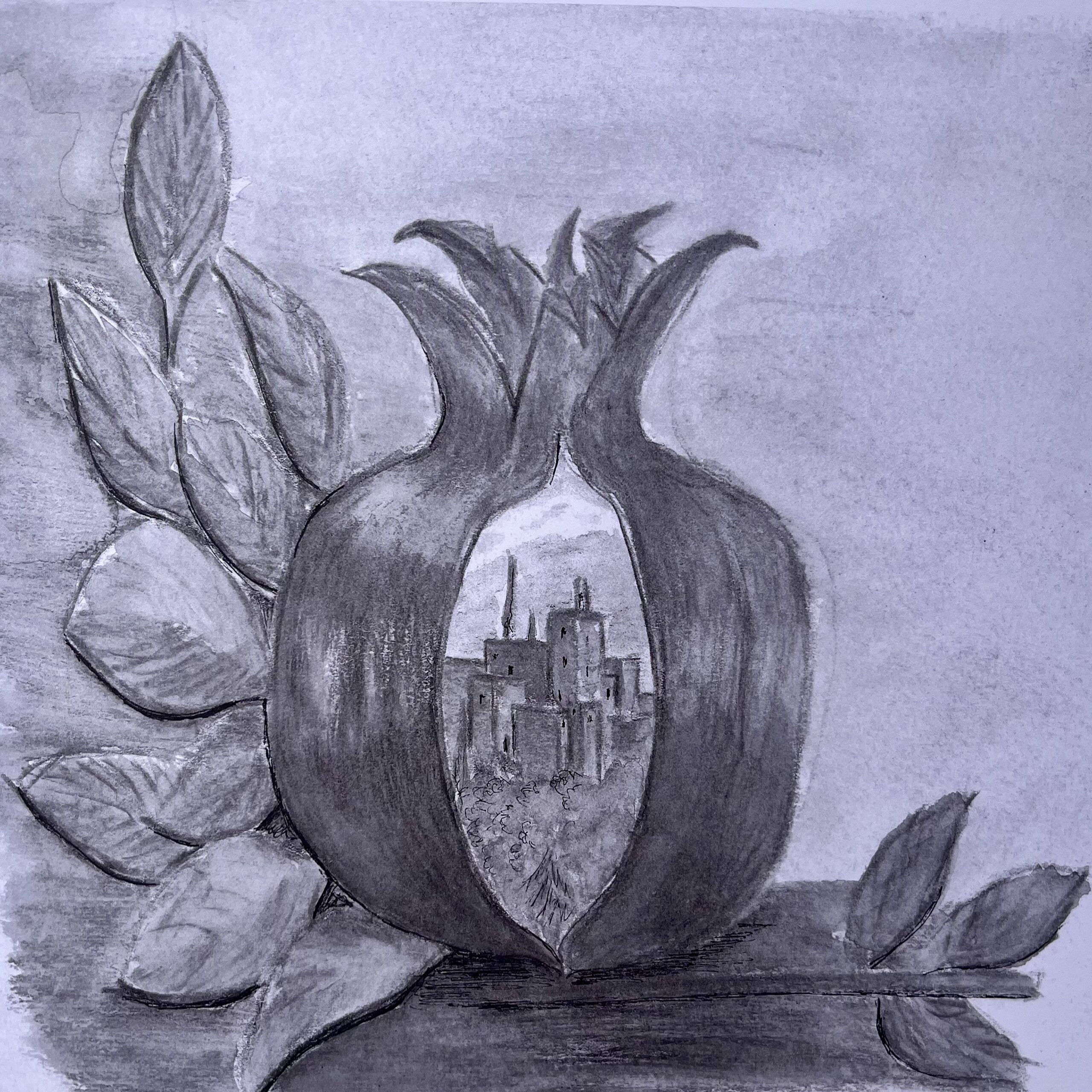
22 Oct Guide to visiting Granada, a Journey to the Heart of Southern Spain
Guide to visiting Granada, a Journey to the Heart of Southern Spain
Planning your trip to Granada?
This complete guide to visiting Granada will help you discover everything you need to know before you embark on your adventure.
When you hear the word “Granada”, what image comes to mind? Perhaps a sunny, jasmine-scented city where the mountains and the sea meet.
Or maybe you think of the legendary Alhambra, its Moorish palaces and secret gardens.
But before we delve into the magic of this city, let’s start at the beginning: its location.
It may seem obvious, but there is more than one Granada in the world.
You might be surprised to know that there is a country called Grenada in the Caribbean West Indies, and even eight other cities scattered around the globe that share the same name.
Granada, our destination, is located in the south of Spain, in the heart of Andalusia, bathed by the Mediterranean Sea to the east and the provinces of Jaén, Córdoba and Málaga, to the west.
The Andalusia region is made up of eight provinces, including our Granada, which is also the capital of the province of the same name.
Located at the foot of a majestic mountain range, the Sierra Nevada, 630 meters above sea level.
Granada is an authentic land of contrasts, with snow-capped peaks on one side and the Mediterranean sun on the other.
But it is not only its landscape that will fascinate you, also its enchanting history.
Guide to visiting Granada, from the Mystery of its Name to the Richness of its History
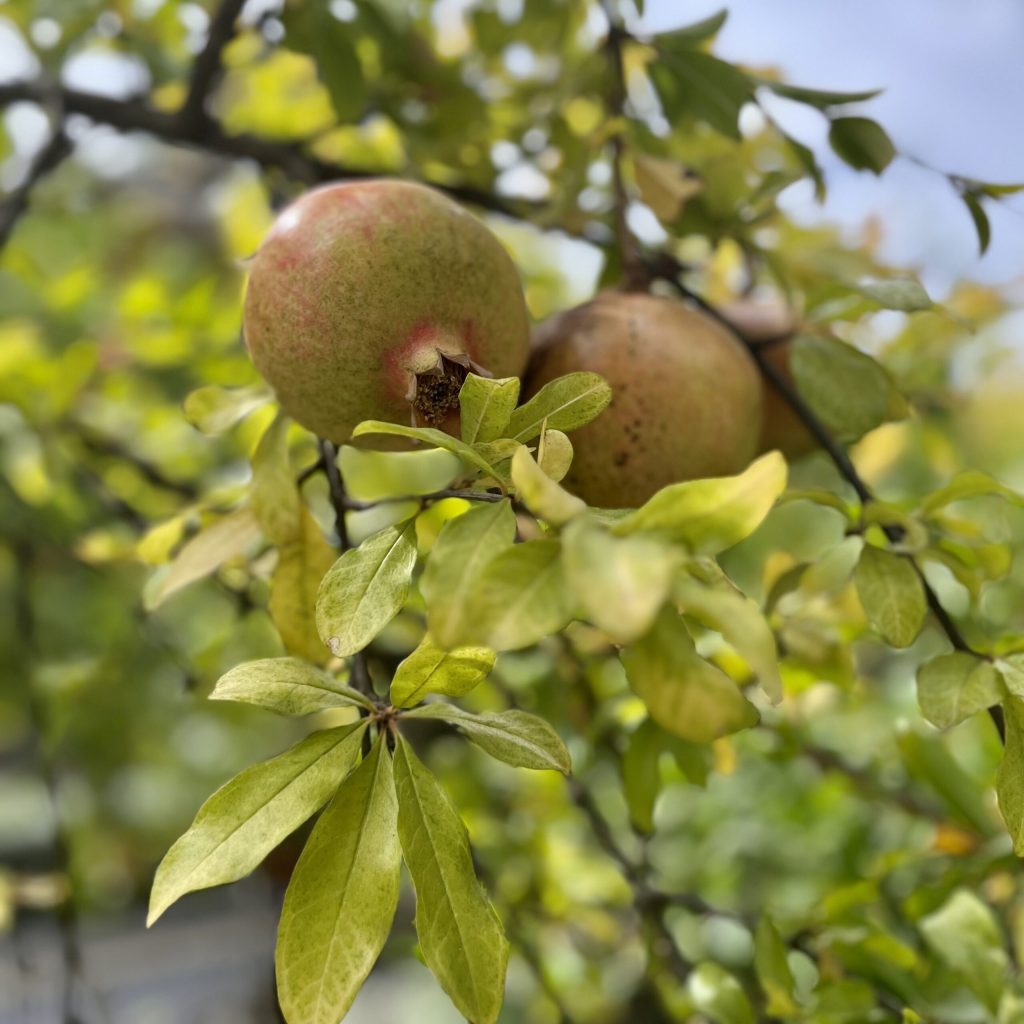
For those interested in a Guide to visiting Granada, one of the most fascinating stories is that of the origin of its name.
The word “Pomegranate” has a very special historical background.
There are several versions about the origin of the word Granada.
Some say that the name was given by the Romans, from the latin ‘granatum’, which means pomegranate tree.
Another theory indicates that, in the year 70 A.D., after Jerusalem’s temple was destroyed, the Jews were dispersed around the world.
Some of them found a new home in the Iberian Peninsula, which they called “Sepharad.”
Here, they founded a quarter called: “Garnatha al-Yahud,” the Granada of the Jews.
When the Muslims arrived, they kept part of the name, adding the word “Medina” to refer to the city.
Thus was born “Medina Garnatha” from which the origin of Granada arises by phonetic evolution.
In 1238, Mohamed-Ben-Nazar founded the Nasrid Kingdom of Granada, which lasted for more than 250 years.
During this period, the Alhambra was built, a palatine city that still leaves visitors breathless today.
All this happened until 1492, when Boabdil, the last sultan, handed the city over to the Catholic Monarchs, Isabel and Ferdinand.
They began to call it simply “Granada,” adopting the pomegranate fruit as the symbol of the kingdom
Here comes a curious detail.
After the Christian conquest, the Catholic Monarchs decided to use the image of the pomegranate in their coat of arms, an emblem still present in the Spanish coat of arms.
Behold, a humble pomegranate has become a symbol of Spanish Kingdom’s history.
Guide to visiting Granada, a fusion of cultures
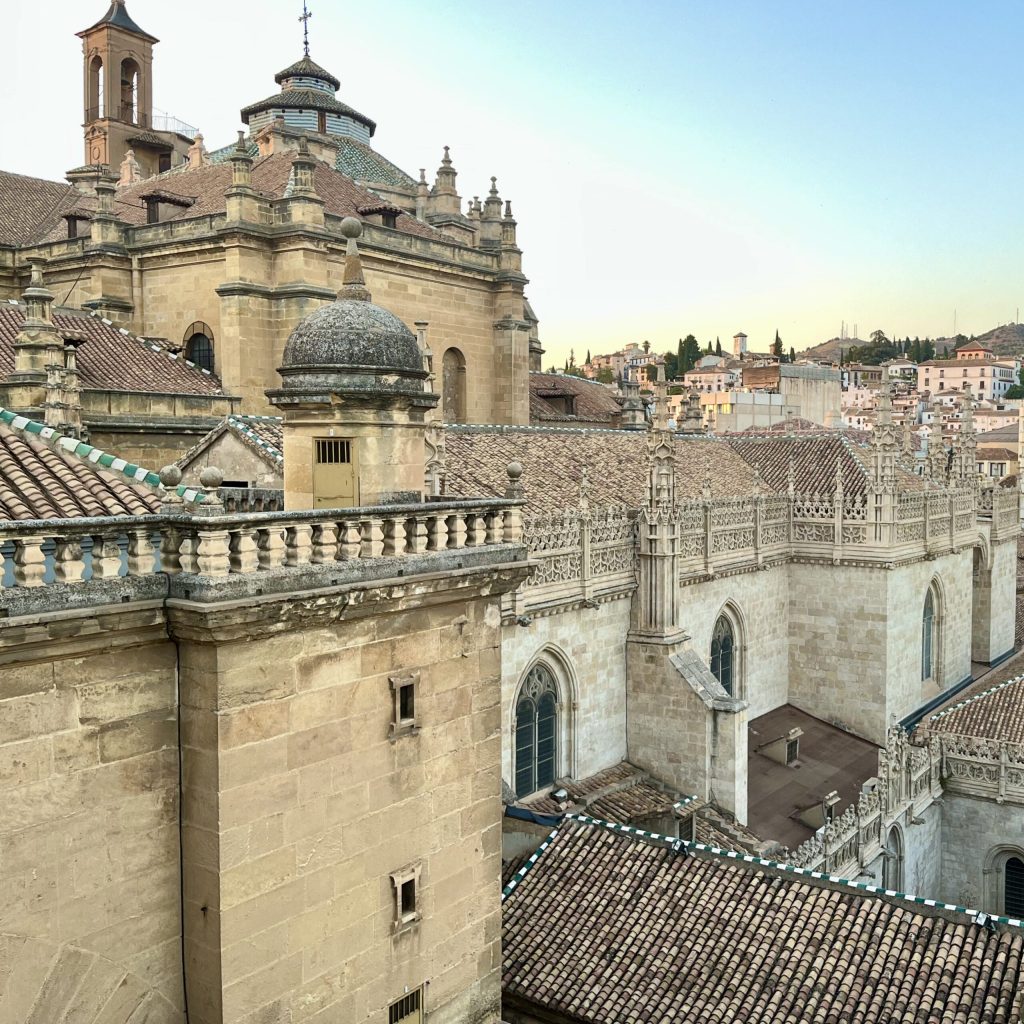
What makes Granada truly unique is the mix of cultures that have coexisted here for centuries: Jews, Muslims, Christians, and even gypsies.
This rich cultural blend has shaped the traditions, architecture, and daily life that continues to captivate visitors.
From the Moorish influence seen in the Alhambra to the Christian monuments, every corner tells a story.
Of course, a guide to visiting Granada wouldn’t be complete without mentioning the Alhambra, one of the most important landmarks in Spain.
This palace-fortress complex is a masterpiece of Islamic art and architecture, reflecting the Nasrid dynasty’s love for beauty , science and nature.
The intricate designs, grand courtyards, and tranquil gardens showcase the height of Moorish culture in Spain, making it a must-see for anyone interested in history and art.
Gypsy culture is also an essential part of Granada’s identity, particularly in the Sacromonte neighborhood.
This area is famous for its cave houses, where gypsies traditionally lived and performed flamenco, the passionate and soulful music and dance that Granada is known for.
Today, visitors can experience live flamenco shows in these same caves, an authentic experience that brings to life the vibrant cultural mix of the city.
In Granada the past and present blend seamlessly.
Whether you are exploring its historical sites, tasting its food, or dancing to the rhythms of flamenco, you’ll feel the richness of this cultural melting pot at every turn.
Guide to visiting Granada, When is the Best Time to Visit?
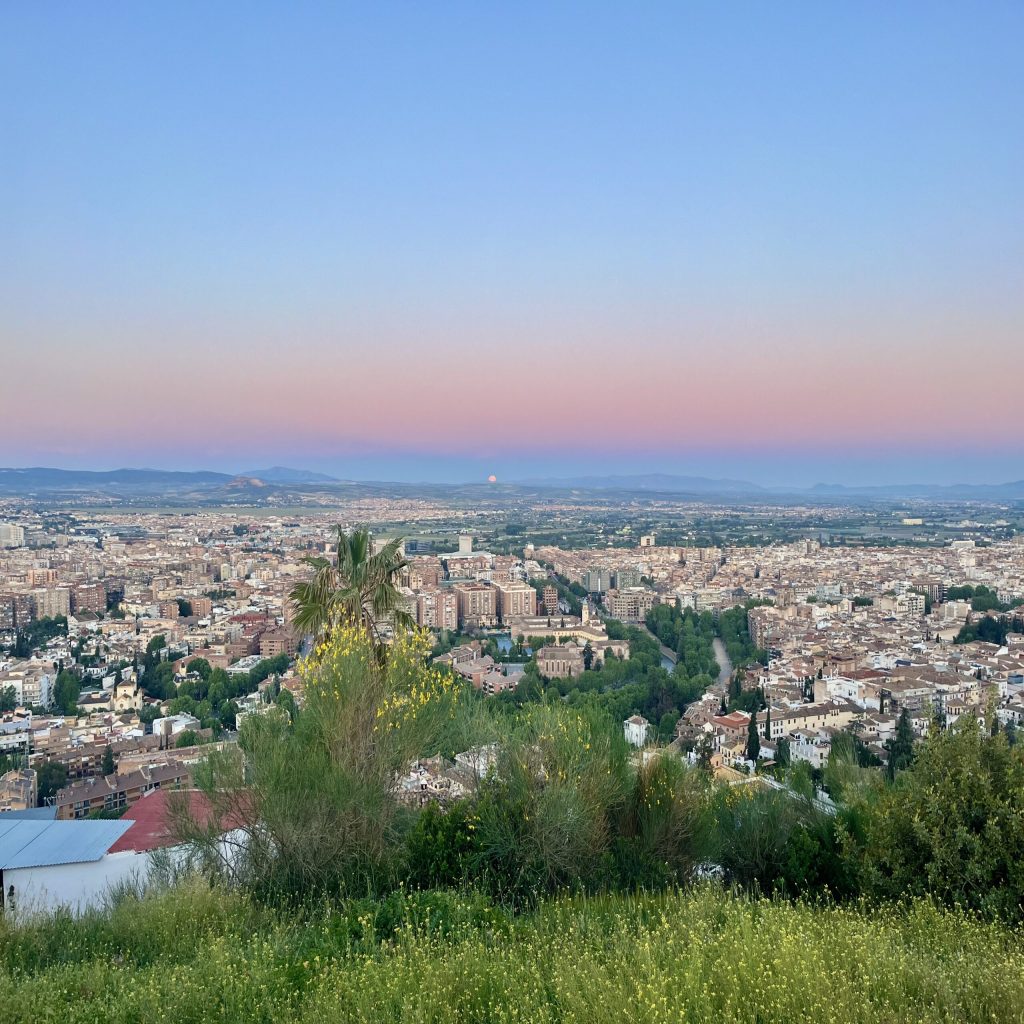
Granada’s climate is a unique “continental Mediterranean” mix, with hot summers and cold winters.
One fascinating aspect is the dramatic temperature shifts in a single day. Mornings may start chilly, requiring a jacket, but by midday, short sleeves are more appropriate.
This is why locals adopt the “onion fashion,” dressing in layers they can peel off as temperatures rise.
For visitors, March, April (before Easter), and November are ideal, due to pleasant weather and fewer tourists.
Though light rain is possible in autumn, a raincoat and a warmer layer for cooler evenings will keep you comfortable.
If you love snow, the Sierra Nevada ski resort, just 45 minutes from Granada, offers spectacular views and, on clear days, a chance to see the African coast.
For beach lovers, Motril’s tropical coast is also a short drive away.
With mild temperatures year-round and exotic fruits like avocado and custard apple grown between September and April.
If you prefer the mountains, the Alpujarras, nestled between the Sierra Nevada peaks and the coast, are another treasure to be discovered.
These villages, with Moorish-style architecture, feature whitewashed houses, narrow streets, and fairy-tale landscapes, offer a peaceful retreat into nature.
If you want to check the weather before coming I have included in this guide to visiting Granada the weather forecast, to get the most out of your visit.
Guide to visiting Granada, How to get and around

Whether you are traveling from abroad or from Spain, Granada is an easily accessible destination.
With direct flights, you can reach Granada from Madrid or Barcelona in just one hour.
If you prefer to travel by land, you can easily arrive by train or car, and enjoy the beautiful Spanish landscape.
Another excellent option is to reserve a private transfer, let me know if you are interested and I will be more than happy to assist you with the details.
Once in Granada, getting around the city, especially on foot, is undoubtedly one of the most enjoyable things to do in Granada.
Distances are short and, if you get tired, you can always take a cab or minibus.
Nevertheless,the best way to explore the rich history, stunning architecture and vibrant culture of Granada is through a personalized guided tour.
Contact me, let’s discover the hidden corners and fascinating stories that make this city unique, making sure you enjoy every moment of your unforgettable stay in Granada,
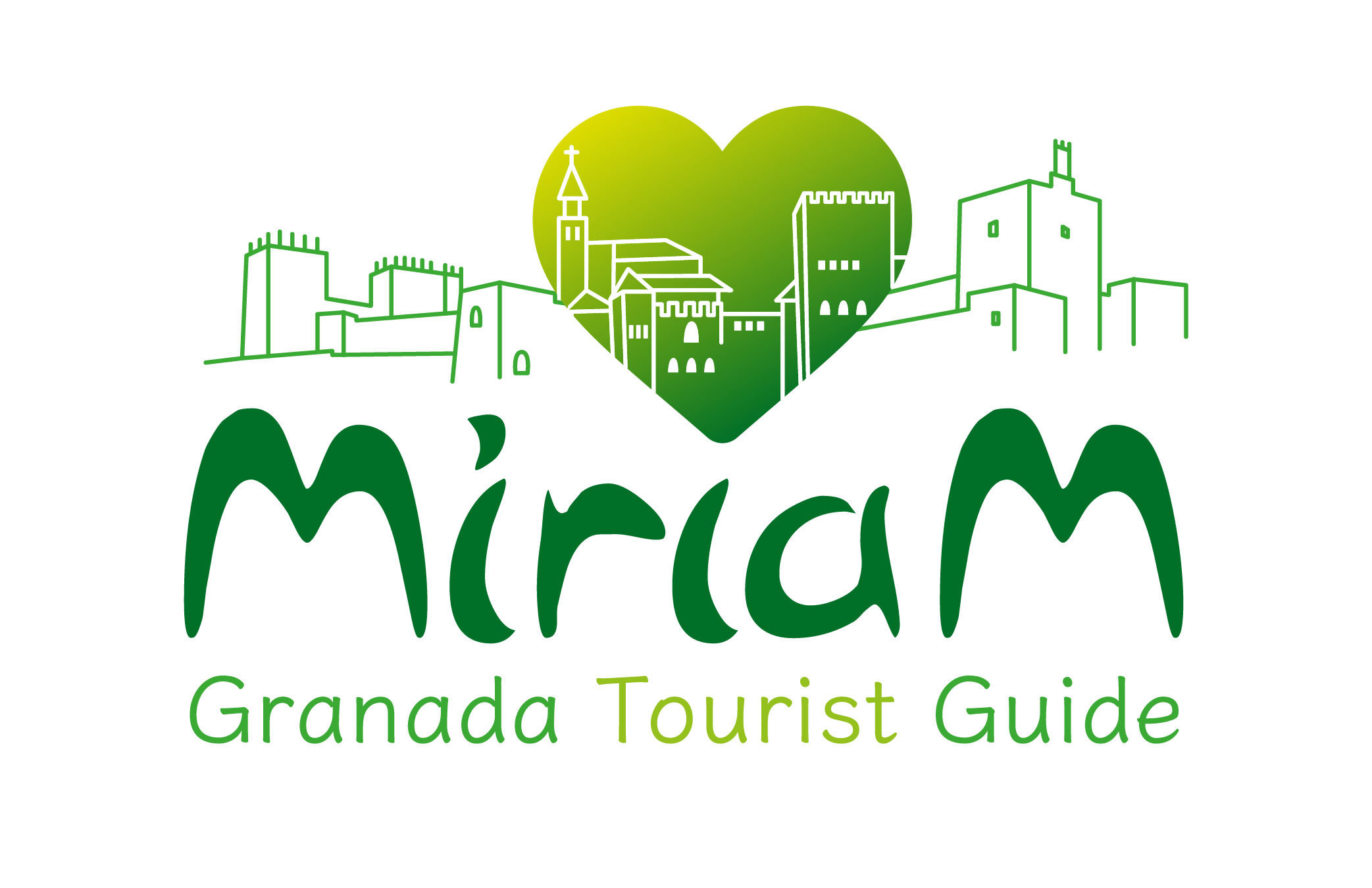


Sorry, the comment form is closed at this time.